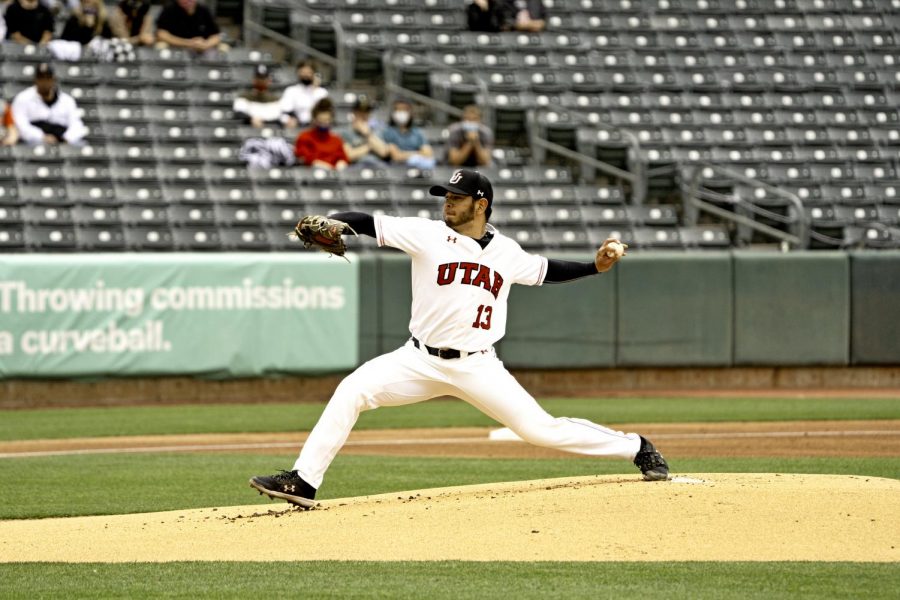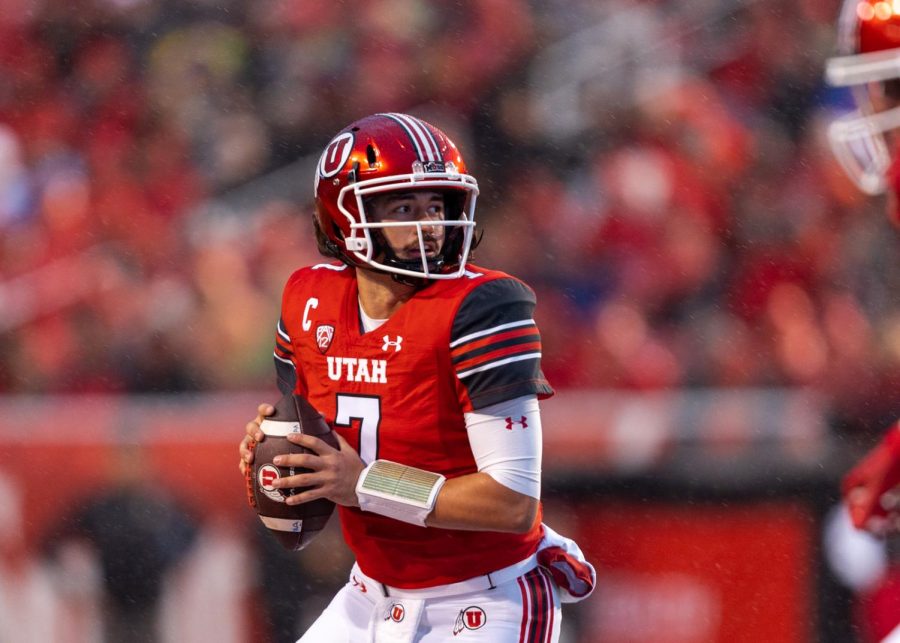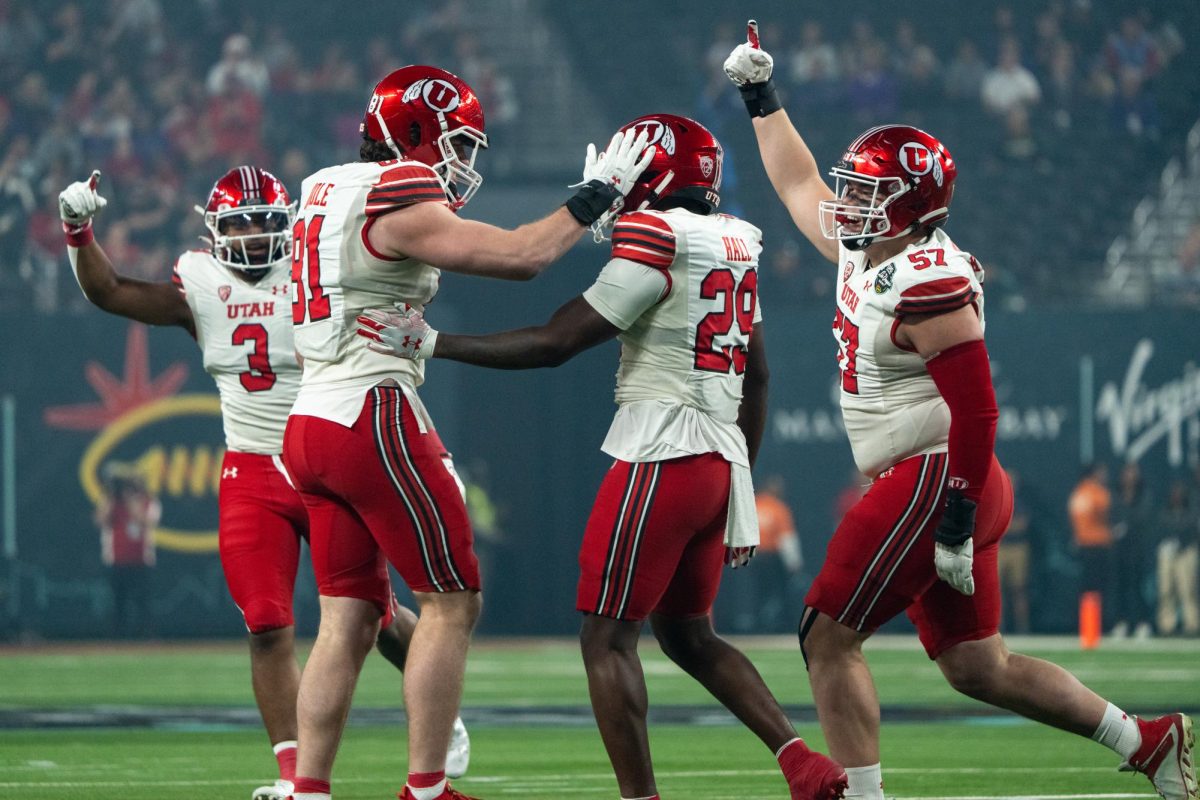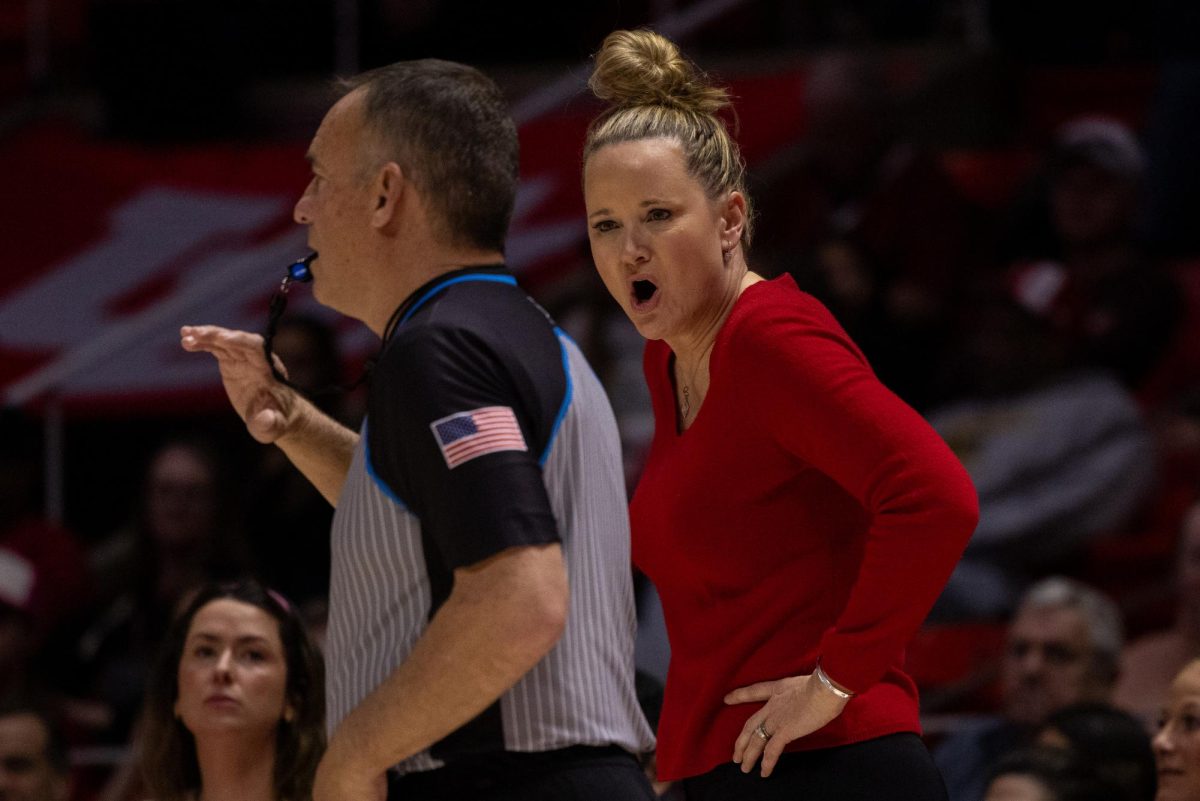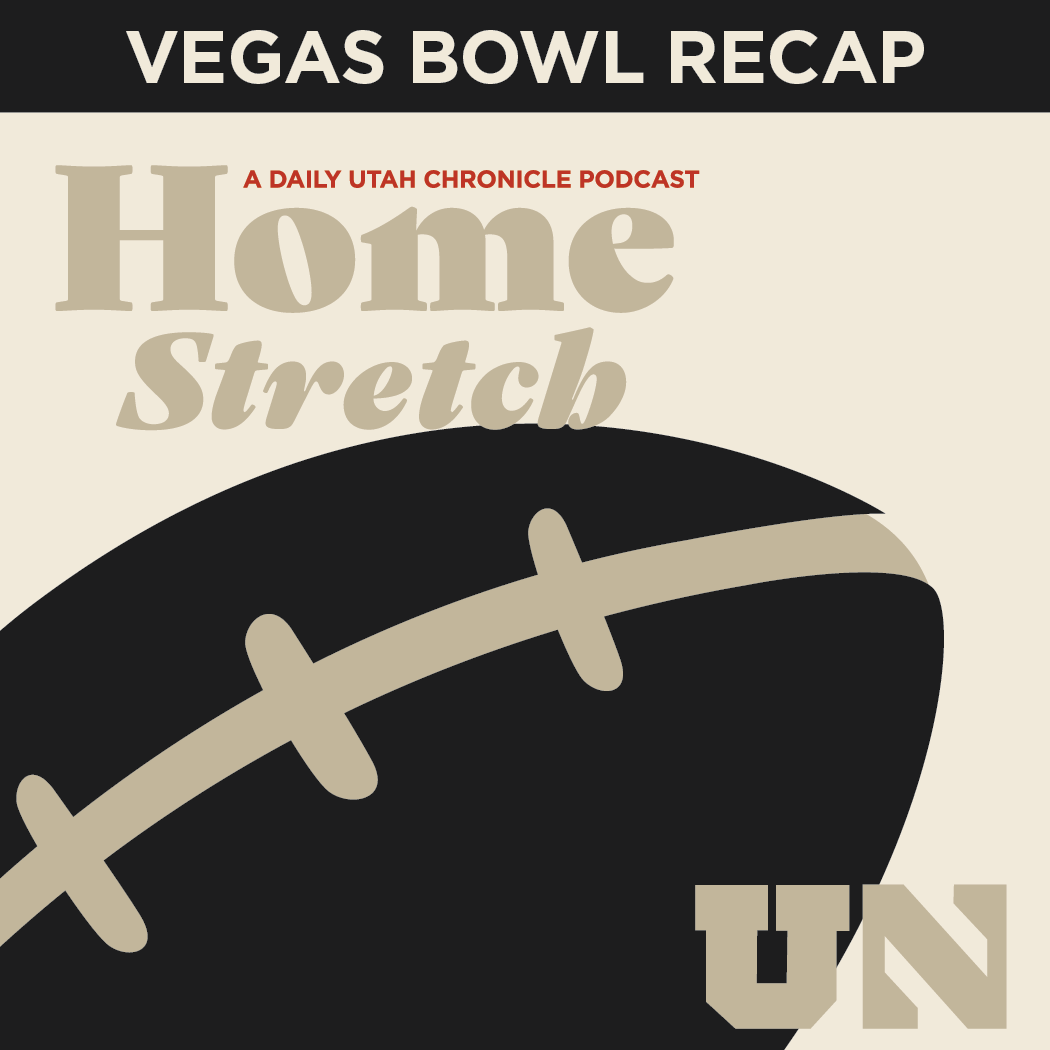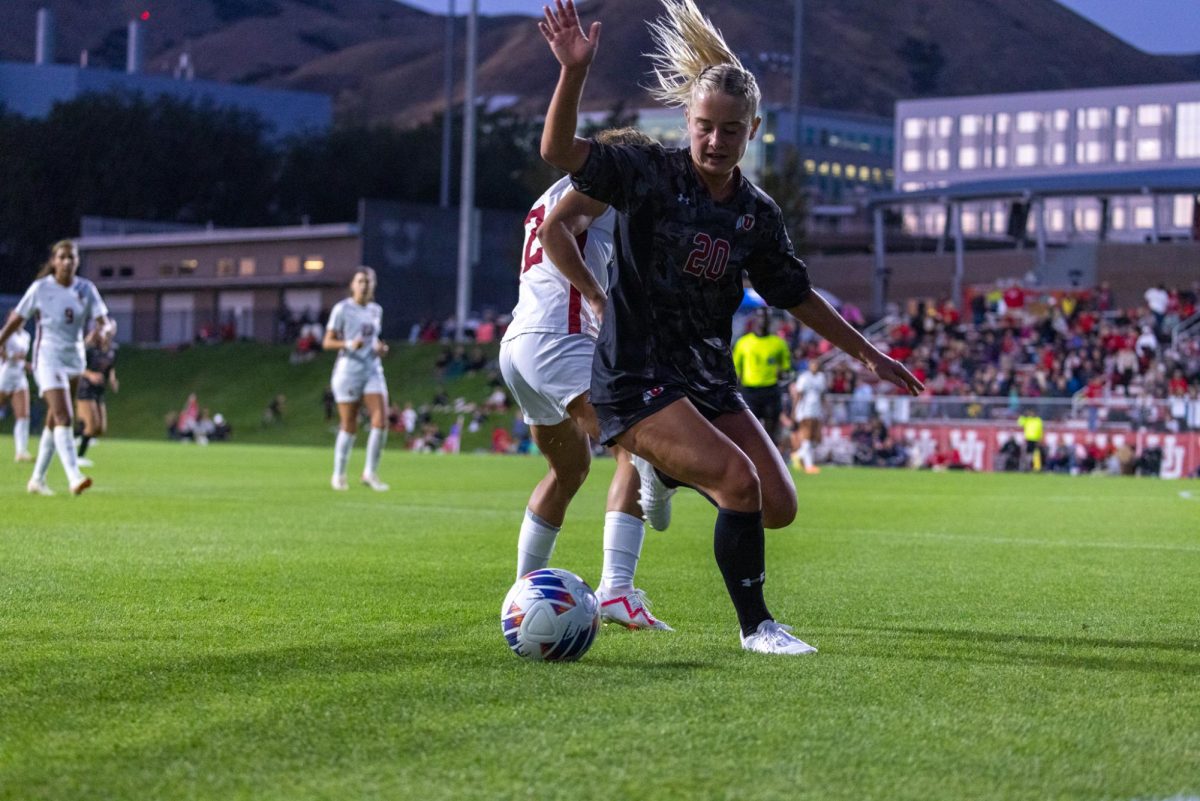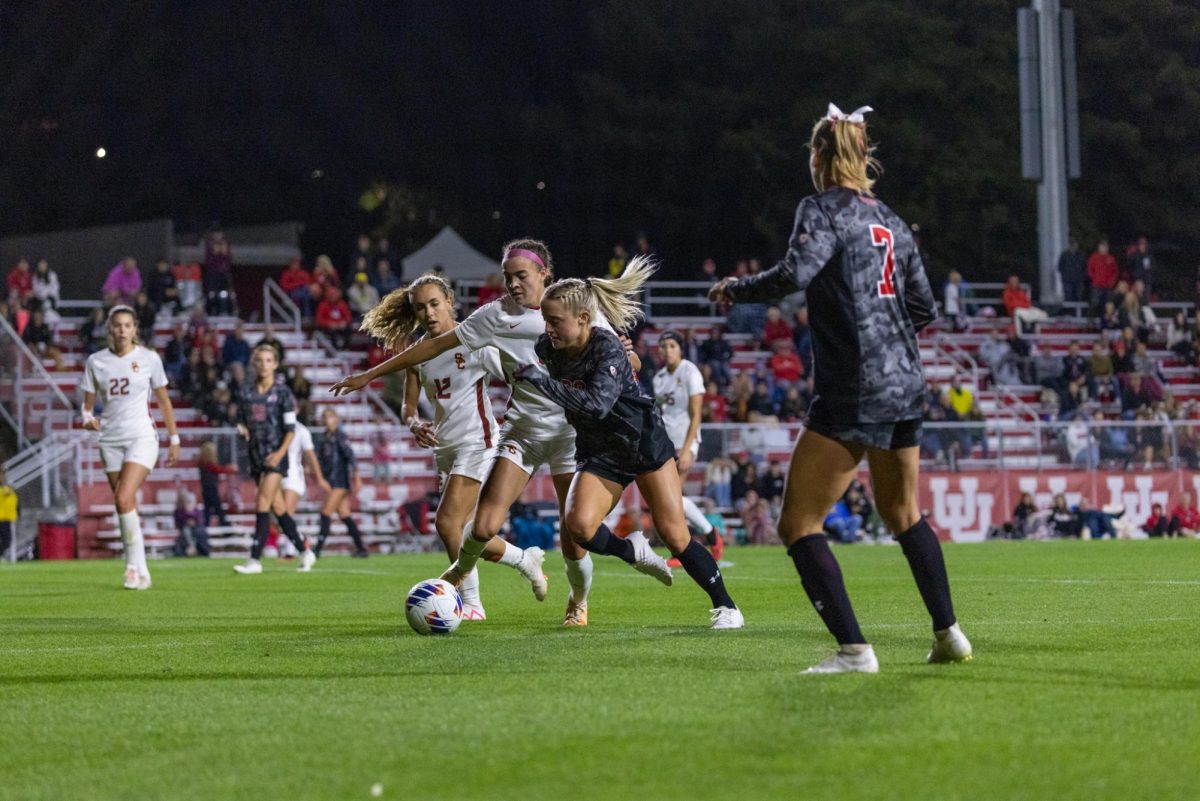With so many colleges and universities across the country, an identity is crucial to establish credibility, uniqueness and pride among the student body. While not the entirety of a school’s identity, the uniforms of athletic teams and gear that is distributed to fans and players can contribute a lot to that identity.
Many different schools are closely tied with the uniforms they wear and some schools wouldn’t be recognized without their infamous uniform decisions. For example, take the Oregon Ducks, whose football team dons a different uniform every single game, provided by Oregon alumni and Nike. The University of Alabama’s Crimson Tide and the USC Trojans have been known to field the same uniform every game to promote association between the uniforms and the storied programs that they represent.
The University of Utah has a long history of many uniform changes with each era representing a different culture that those uniforms belonged to. While always using the crimson and white, the Utes have had a plethora of different uniform combinations. The U, like most other universities in the country for the better half of the 20th century, stuck with a classic crimson base with white numbers and no names.
The idea of putting the player’s last name on the back of their jersey dates back to the Chicago White Sox of the MLB, who began putting names on the backs of their players’ jerseys in 1960. Since then, most organizations have adopted this principle and the phenomenon has stretched across many sports.
When playing in the Mountain West, the Utes began experimenting with different uniform combinations and took part in the national effort to bring more life to the uniforms that football teams were wearing. Different colors, unique designs and helmet decals all made their debut in the 1960s. Utah stuck with the traditional crimson red and white, with an occasional look at a blackout uniform, or black component. The blackout uniform has become a yearly staple for the team and is a centerpiece of a uniform combination that the U has stuck with since joining the Pac-12.
As the U progresses, the uniforms will reflect the change. A recent change to the setup was simplifying the design. As Ryan McDonald of Deseret News said in his piece about the subject, “The mountains, which never received great reviews from fans, are being replaced with the ‘Utah Stripe.’” While the mountains were a culturally integral part of the uniqueness of the Utes’ uniforms, the idea of simplifying the designs could provoke different reactions from those who look at it, which says a lot about the effects of simple design changes.
With the passage of time, the U also gained the ability to use throwback uniforms. Typically, the setup would contain rounder text for the numbers and names and the classic “Double U” design, in place of the traditional drum and feather. This uniform combination is usually seen at the Homecoming game.
The other sports around the U have fielded a similar set of uniform combinations. The baseball and softball teams will typically use a red top/white bottom look, to stick with the classic nature of the sports they respectively play. The two teams will, more often than not, don the “Double U” logo for the same reason.
While the football team has had dozens of uniform combinations, the other 17 NCAA-level sports that the U offers all have their own unique history of uniforms. The Red Rocks, the U’s gymnastics team, has starred in a number of different uniforms, all of which reflect different ideas that the U shares. The beautiful designs that the Utes display at each meet reflect the artistic nature of the sport itself. This goes back to the idea that the uniform can help establish identity.
As technology has progressed, scientists and sports hygienists have taken deep looks into what a uniform is made out of. At first uniforms were made out of the same material as the everyday clothes of the time period. This was mostly cotton and various leather components — one thinks of the leather headcovers that football players wore until the 1950s with dyed fabric and embroidered numbers. Companies that produce uniforms for professional sports organizations — such as Nike, Under Armour, Adidas and Reebok— have made hundreds of iterations of fabrics alone, but all of these new innovations share similar qualities — moisture control, thermal control, breathability and specialized function considerations. Gone are the days of cotton jerseys and knicker bottoms, and here are the days of specialized clothing for each individual position on every team. Safety equipment follows a similar pattern.
Early in the 20th century, very little, if any, protective gear was worn. Leather was usually used to replace bare hands, such as in baseball, where fielders would usually barehand baseballs until gloves with soft webbing were implemented in the 1920s. Soccer players would usually wear leather shoes before the implementation of cleats in the early 1900s. Football, one of the most equipment-demanding sports, saw many innovations and iterations of the gear that is currently used. In the 19th century, football looked more like what rugby is today — no pads, no helmets and very little aside from the base layer of clothing. Helmets were the point of focus when they starting using safety gear because of the nature of the game, as well as the rampant potential for head-to-head collisions. Surprisingly, the idea behind shoulder pads came about before the helmet did. The idea came from L.P. Smock, a student at Princeton who had seen, eight years prior, the first-ever college football game between his school and Rutgers. The pads were designed in 1877 and were made of leather. The helmet was first debuted, according to Bleacher Report, during the Army-Navy game in 1893. Various other safety features would be added as the century progressed. When it comes to hockey, goaltenders didn’t begin wearing masks until 1959, when Jacques Plante debuted a mask for the Montreal Canadiens. The mask was made of fiberglass and, while primitive, showed that professional sports needed to pay more attention to the safety of its players, a mantra that, with time, would come to fruition across all sports.
Professional sports’ uniforms have so much character. The Yankee pinstripe, the off-white and orange of the Giants and the gold of the Lakers are all design choices and color matches that have become staples in sports history.
Uniforms, to most, can be just that — identifiers, monikers and nametags. To some, especially those fans with historical and ancestral connections to the team, a uniform can mean much more. Seeing a certain color combination or throwback uniform can remind one of past glory and inspire future success.









